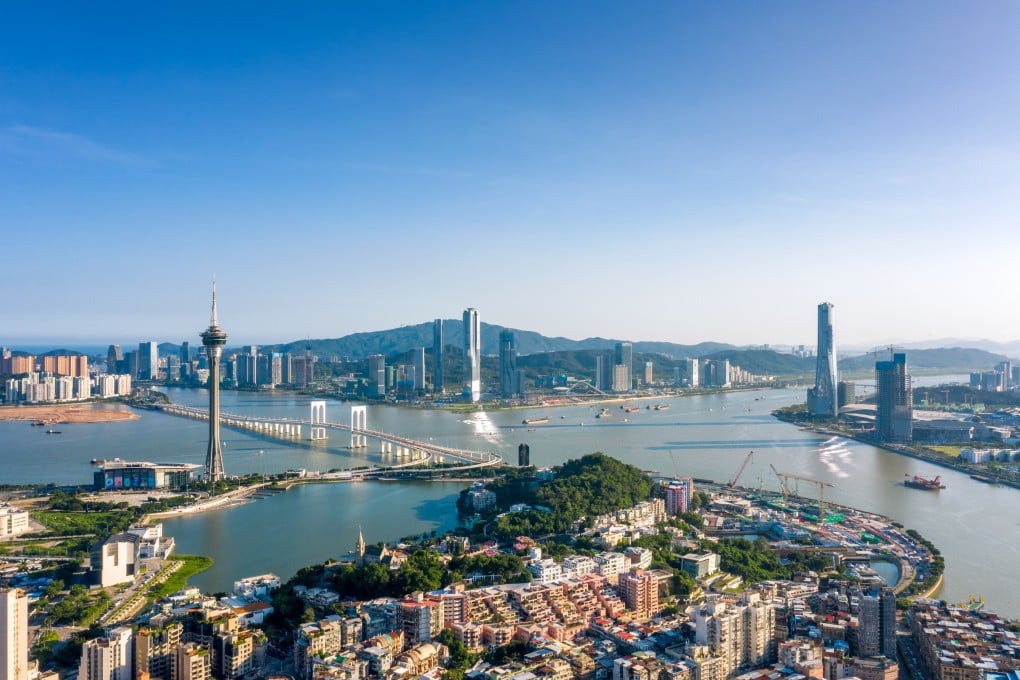On Chinese islands next to Macau, great stories of pirates, typhoons and war played out
- Transformed today, the islands of Dom João, Montanha and Lapa – later Xiao Hengqin, Da Hengqin and Wanzai – long played a strategic role in the region

It’s hard to imagine now, but there were once three mountainous, verdant islands between Macau and mainland China. The Portuguese named them Dom João, Montanha and Lapa. Later the islands became known in Chinese as Xiao (Little) Hengqin, Da (Big) Hengqin and Wanzai, respectively.
The two Hengqins, which faced Coloane and Taipa, were eventually joined by land reclamation to form a single island while Wanzai, a mere few hundred metres from Macau’s Inner Harbour (Porto Interior), saw its inclines levelled enough to become a peninsula. You may have crossed them all if you have ever used the Wanzai border crossing, or have driven over the Lotus Bridge from Cotai to Zhuhai.
Hengqin today is a bleak Special Economic Zone, and the Wanzai industrial suburbs belie their lush, mountainous history. But these absent hills may soon rise to the sky once again – with skyscrapers.

What many do not realise is that before the warehouses and factories, the highways and housing units, the old Dom João, Montanha and Lapa were home to stories of great storms, gunfights, pirates, and global conflicts played out among the hills and mountains of this island delta. And this had been the case for centuries.
1644
For a time Lapa had been known as the Ilha dos Padres (Island of Priests), or often simply referred to as Patera, a Japanese corruption of padre. And the island’s early Christian associations are strong. Dutch mariners in the 17th century noted a fortified battery and a dock at Lapa built by Portuguese missionaries.
